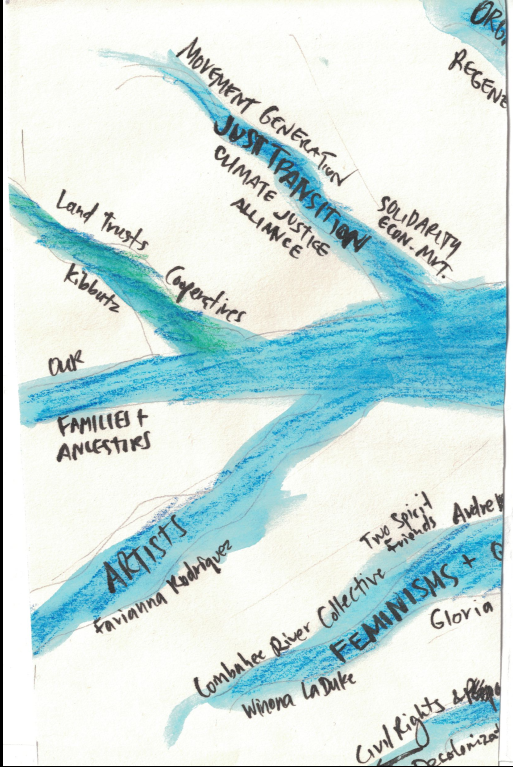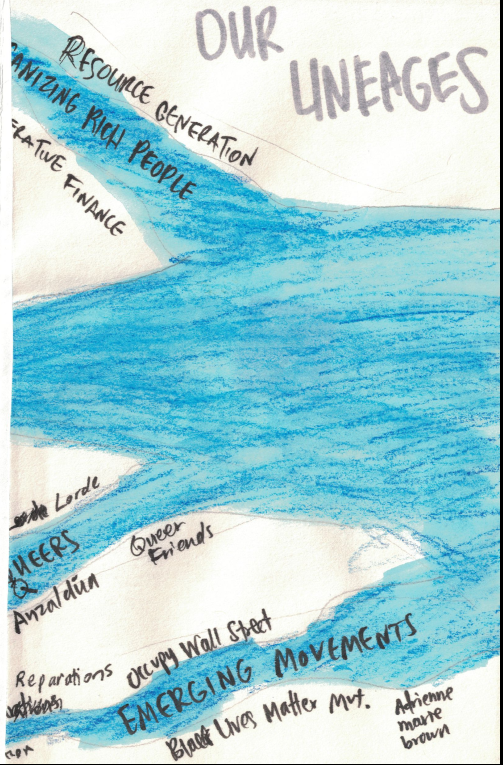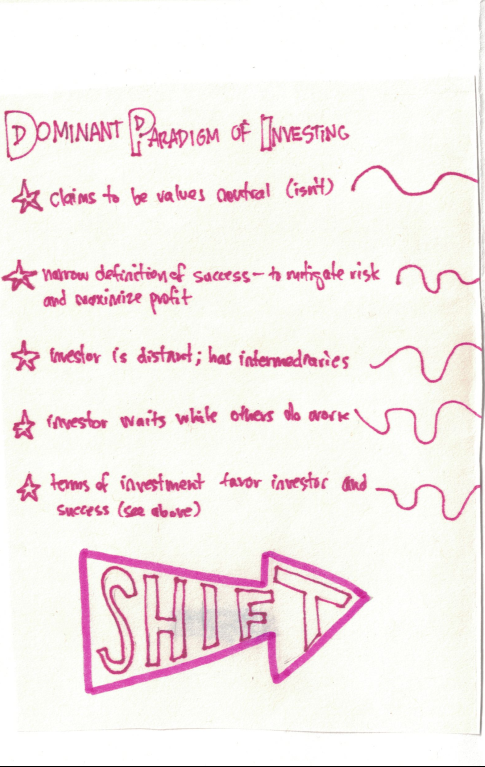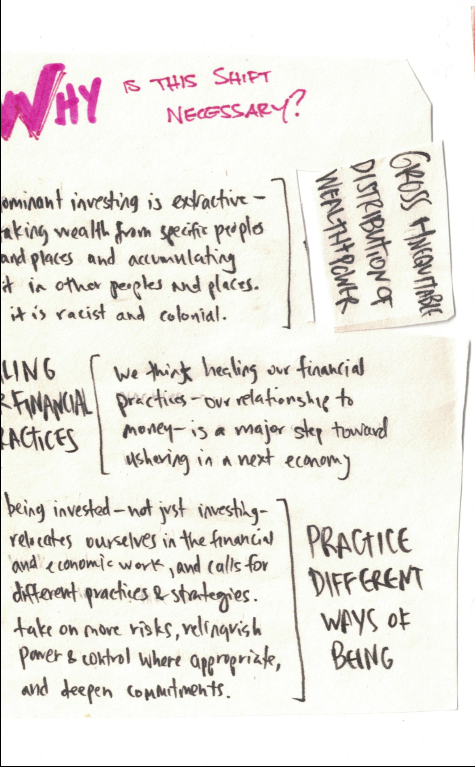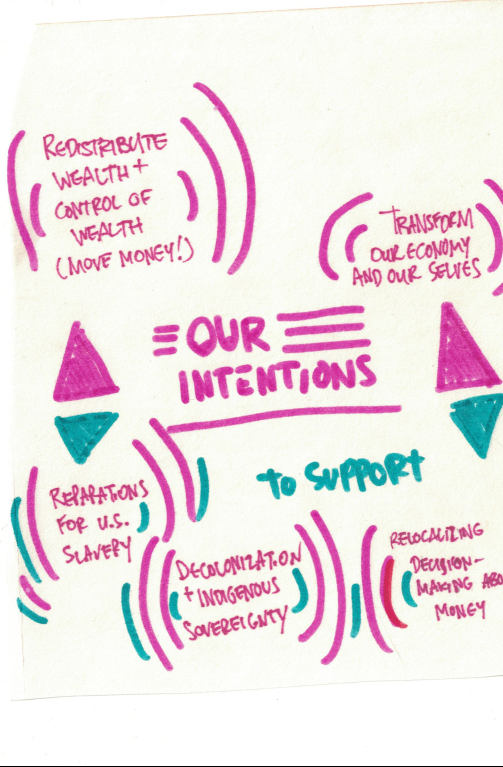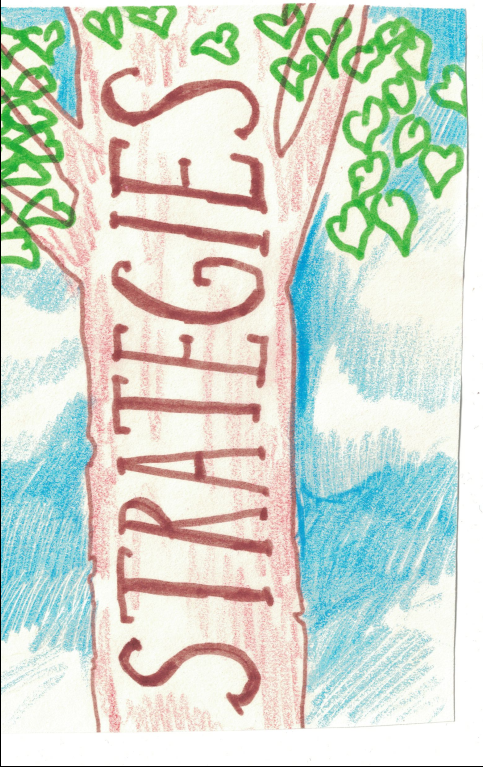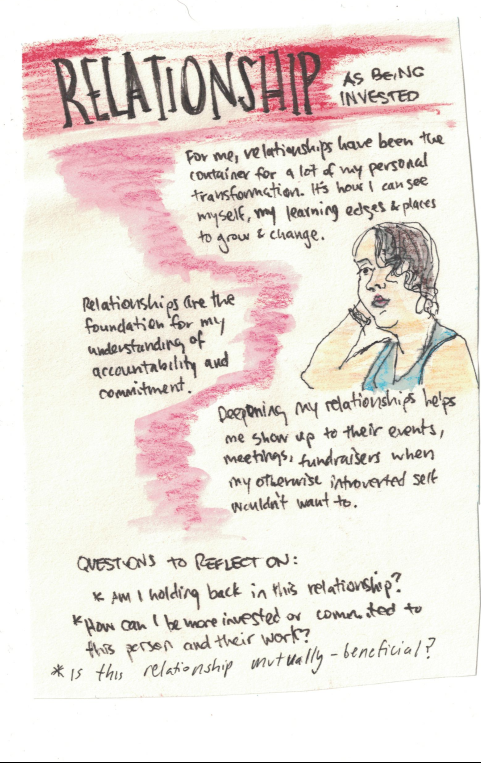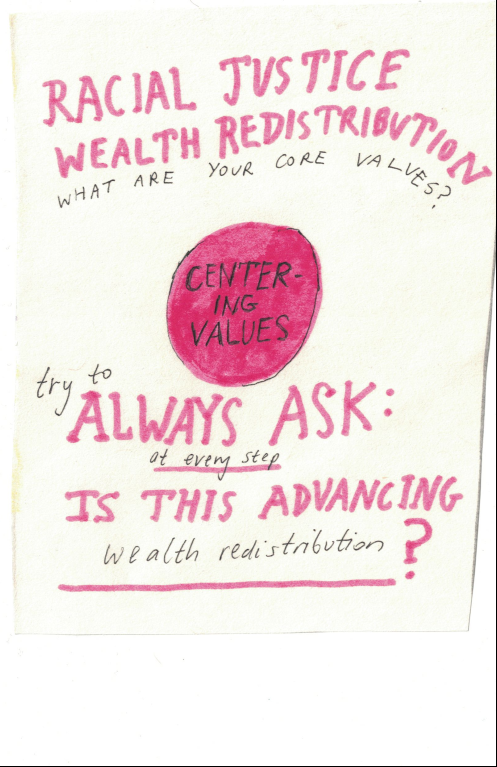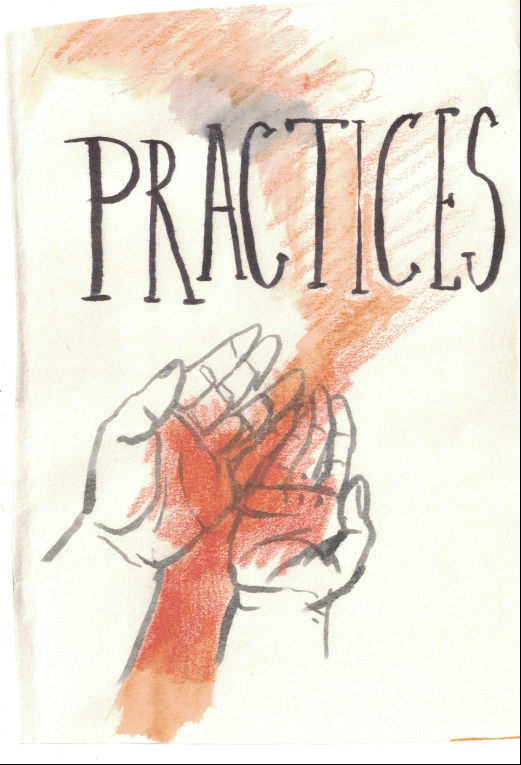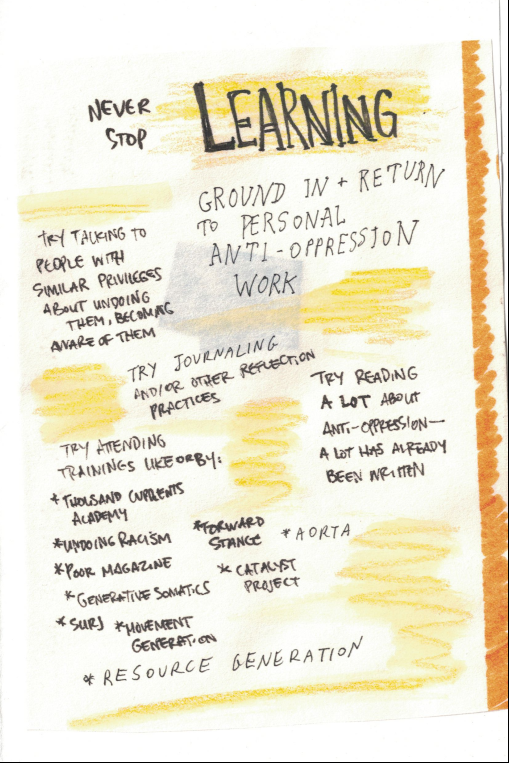during the quiet quarantine months early in the pandemic, i accidentally found a personal trainer in my partner. he has slowly and patiently taught me how to become a cyclist in mexico city which has bloomed into a new relationship with my body and given me hundreds of hours of mental space to think as the wind moves past my skin. rather than picking up a pandy hobby like sourdough bread, airfrying, painting or whatever, i’ve traveled more than 10,000 miles by bike, mostly across the biggest megalopolis on the continent.
before i met my partner, i couldn’t imagine how to trace a path across some intersections on a bike. take for example an intersection near my apartment at the time: there are multiple parallel (lateral) streets with bike lanes, sidewalks, and medians in between, a monument in the middle of the road, dedicated public bus lanes either in the middle or edge of a multi-lane road — all crossing each other like a crumbly 10-by-10-grid of pie crust. as a pedestrian, you must be attentive to cross it slowly, so i couldn’t imagine it as a cyclist amidst the traffic, having had no desire to become a tiny fish sneaking between sharks that could pulverize me at any moment.
also: there are these things that look like traffic circles which do not behave as such. or, rather, they can look like traffic circles but are not. for a specific example, see what happens around the angel de independencia:
then, on top of the already complicated and always degrading physical infrastructure, add multiple layers of more chaos: people jaywalking everywhere; others pushing heavy, wheeled things in the bike lane or road because the sidewalk is too cracked; frenetic lane-splitting motorcycle delivery drivers; street vendors in moving in wide, 3-wheeled bikes; innumerable pot holes; random fallen wires which may or may not have electricity (but that i think/hope are mostly unused fiber optic cables); …and then add the giant chaos layer of drivers who have never passed a drivers test because it’s not a requirement of getting a license here (!!) – oh and the ugly but true feature of how normalized it is to drive drunk in this city – not to mention myriad forms of public transit belching black clouds of exhaust. it’s beyond easy to feel overwhelmed by a constant onslaught of heavy moving objects that could impede one’s (hypothetical) path on a bike. (not to mention that all of this is built on a slowly-sinking ex-lake-bed with pyramids and other sacred sites half-buried throughout.)
it is upon this unfathomable canvas that i’ve slowly sribbled GPS-guided lines across the map over these 3+ years.
recently, something suddenly shifted: i’ve come to see these heavy moving objects radically differently. i started to see their edges and spaces between them.
this might be because my partner was a fixed gear rider when we met. the nature of fixed gear bikes is that they don’t (usually) have breaks, so to stop, you need to slow the rotation of the rear wheel with your own weight, pushing in reverse against moving pedals. or hop up and force a skid to slow down. needless to say: it takes much longer to stop than a bike with breaks. and in a place where stopping on a dime seems like it should be a vital requirement, there are a surprising amount of fixie riders. (cue pensive head scratching and furrowed eyebrows: what the hell?)
a pattern that i’ve noticed over the years in trying to learn from and (sometimes) mimic my partner’s cycling behaviors is that, whereas i’d find myself stopping behind something – a parked car, a crossing pedestrian, a 3-wheeled bike vendor taking up 90% of a bike lane – he’d have kept going and i’d lose sight of him. it has taken me a long time to figure this out, but the way i’ve recently understood it is that he sees and focuses on the spaces in between things rather than the thing itself. whereas i still often feel a visceral onslaught of things coming at me, things i should avoid smashing into, or things i should swerve around, and the added handfuls of unknowns like a possible car door being opened or the depth of a puddle in the rain – i think he navigates by thinking about, seeing, and sensing the spaces that he could temporarily occupy.
instead of only sensing an obstacle, sense paths around it: a subtle shift, but one that’s fundamental to flow.
imagine, for example, lane-splitting between two lines of moving cars*. the embodied fraction of a second determination of whether or not the space between two rear-view mirrors is bigger or smaller than the width of your shoulders: can i fit? and knowing that this “yes” or “no” is a switch that flips on and off as the cars move in relation to each other…it’s kind of like tetris. but in 3-D. but instead of a shape of bricks, the shape is your body: with all it’s softness and exposed skin and breakable bones (and maybe your precious bike).
(*my partner calls this “ratoneando” – being a rat – by the way. something like “scurrying” might be a decent translation.)
if you want a preview, here’s an internationally known fixie rider and race-winner from CDMX, with an excerpt of her ride on calzada tlalpan:
so: the interstitial – the space between – is constantly shifting, not fixed, structured, or contained. this is because it is based on the relationship between two or more things which are also in movement.
this realization immediately felt metaphorical to me. though deeply physical in the case of biking, i know that it relates to systems transformation, next economies, network structures, repairing our relationships, maybe even internal family systems and shadow work
(most of) white/western/scientific thinking tends to focus on an object of study, or maybe a dichotomy of object and subject. however, what i’ve always found fascinating about network science is that it also includes the links between the two things, paying attention to relationships. same with ecology.
focusing on interstitiality is different than that though: it’s noticing what’s not there – the space, the emptiness – between or outside things. this is a necessary absense in the same way that the spaces (called “rests”) between notes are necessary for music. in the same way pauses after questions create invitations and invoke creation.
this space or emptiness is a point of origin: from nothing emerges new.
it is also a point of termination, like how the edges of a thing bleed into, degrade into, and return to the nothing.
the interstitial includes this liminality and edge-ness, and it includes what/where those things fade out into.
passing through the spaces between creative blocks
one application of the metaphor i’ve been running into lately is around what i’ve been taught to call creative blocks. it’s a deeply frustrating feeling to repeatedly run into the same block. the guiding principle says i need to “overcome” the block, or perhaps somehow “go through it” or maybe “disarm” or “dismantle” it. (similar vocab exists in relationship to oppressive systems, too.) all of this thinking continues to focus on the block itself, ignoring the rest: infinite space around it that i could potentially move through: alternate paths.
there’s a freedom that comes with seeing** the spaces instead of seeing the obstacle. you’re not impeded, rather, you have choice. it feels powerful. that you get to decide how this is going to play out. that there are so many more ways than one of going about this.
(**i realize i am very visually-dependent in describing my ways of sensing, but other senses are surely implicated: feeling and hearing come up for me, too. smell and taste don’t feel that relevant at this moment.)
who or how do i have to be to exist in that space?
i believe that developing this wider way of sensing and being is necessary for the next phase of humanity. and as soon as we can develop, practice, and share it, it becomes immediately easy to know that transformation/transition is well under way. you begin to see the edges of structures of capitalism crumbling. you see the germinating seeds of what’s next. you see elders and those who have maintained connection folding time, pulling indigenous tradition through colonial contexts. you see experiments and less solid formations which may or may not persist.
i suppose i always end with questions…so some questions on my mind are: how do we start to see what artists call “negative space” in a physical and social sense? where are the negative spaces around us, and how do we inhabit them? what do we notice about our being when we’re in that space – do we have to shift somehow to be able to fit in there, or do the expand once we’re there? how do we develop shared vocabulary or ways of collective sense-making about being in these ways?






